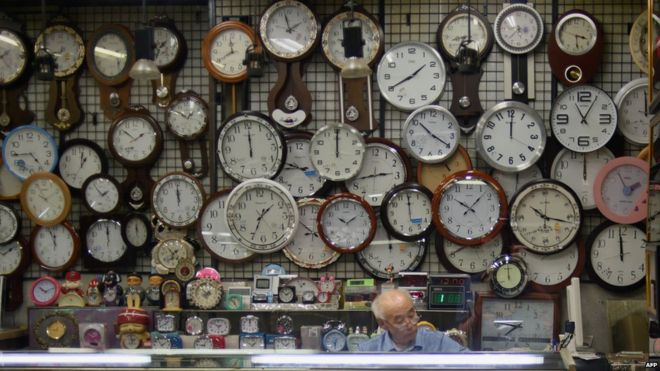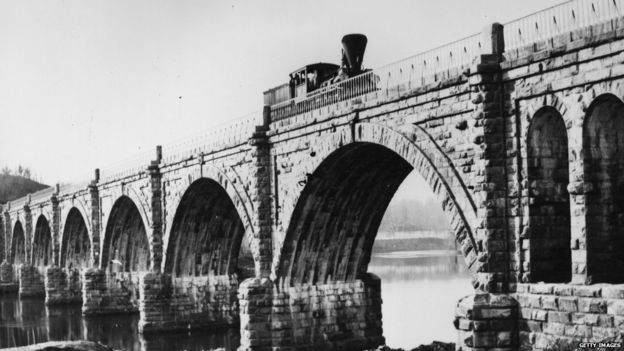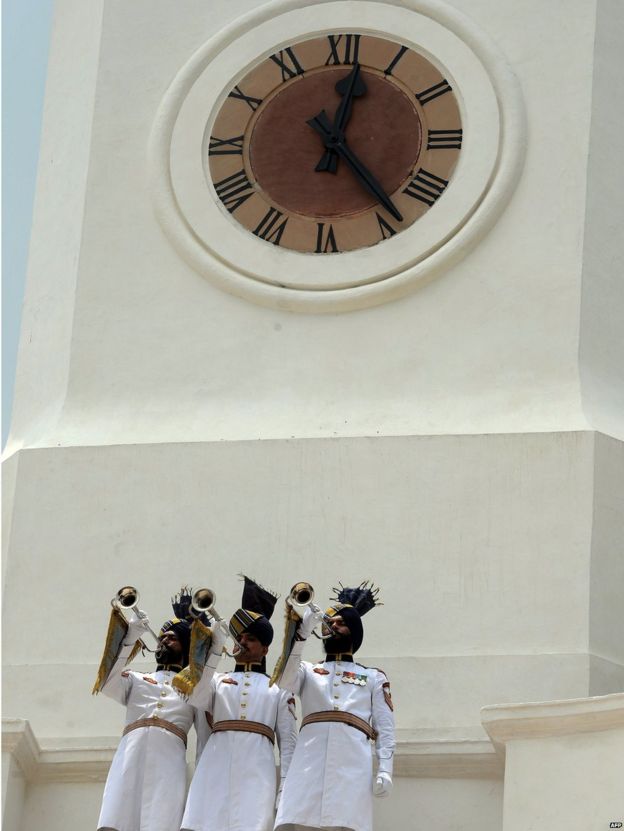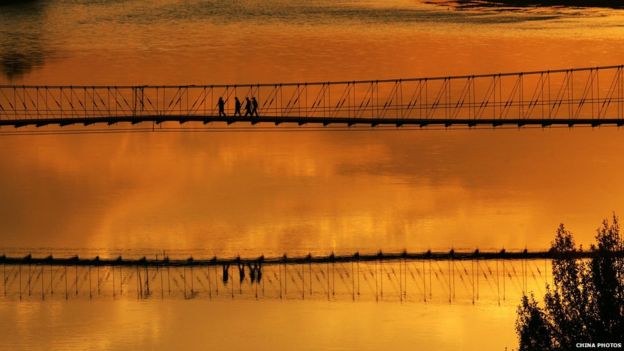There is now Pyongyang Time to add to Greenwich Mean Time, Eastern Standard Time and Lord Howe Standard Time. Time zones are as much about politics, diplomacy and rebellion as they are about ... the time.

The division of the world's time into different zones has been a messy affair
The division of the world's time into neat longitudinal sections has been a messy affair.
This is the story of humanity's endeavours to manipulate time.
It is how 12:00 Greenwich Mean Time is also 22:30 in Lord Howe Standard Time (Lord Howe Island lies in the Tasman Sea between Australia and New Zealand), which is 17:14 on the moon in the (unofficial) Lunar Standard Time.
Confused?
In the beginning it was the trains that confused everyone.

In the 1800s, US railway stations each had their own time
Railways, which have powered countries' economic growth, have played a huge role in spurring the world towards standardising time.
With advances in railways and shipping in the 19th Century, long distance travel became faster and time differences became more noticeable. And as railway systems grew, so did the need for a common time.
In the US, each town set its own clock, leading to massive confusion among passengers and train operators. Train operators whittled it down to 100 time zones, before eventually adhering to four zones across the US.
India's single time zone is also a legacy of Britain's railway construction.
In China they tried to simplify it all into one zone
China is another vast country which shares a single time zone - but it spans far more longitudes, which has resulted in some quirky schedules.
New Delhi celebrated the restoration of its clock tower in the President's Estate in July
The whole country keeps to Beijing time, including those living in the opposite end of the country in the western province of Xinjiang. This means many start their day and end work late - a normal lunch hour is at 2pm - and in the summer you could see sunset at midnight.
The decision to have a single time zone is political - aimed at fostering national unity when the Communists took control of the government in 1949 - though many in Xinjiang, which is home to a significant Muslim Uighur population, adhere to Xinjiang time as a form of quiet rebellion. (BBC News)


Pretty! This has been an extremely wonderful article.
ReplyDeleteMany thanks for supplying this information.
my site เสื้อชีฟอง